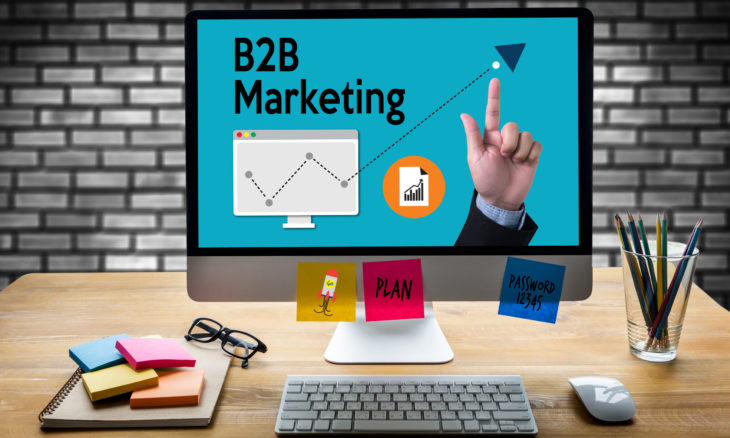Forecasting the future is a dangerous but irresistible practice for observers like myself. So let me plunge ahead with 7 bets on likely new developments in the world of B2B marketing. Just don’t look at my predictions from last year to check my record for accuracy, please. “My crystal ball is on back order,” as B2B database expert Bernice Grossman is fond of saying. This year, my predictions range from retention to robots. I welcome your feedback!
- A move from the “funnel” to the “relationship.” B2B marketers are expanding their roles from just cranking out lead generation campaigns to stepping in as managers of the prospect and customer relationship, in partnership with their sales counterparts. As business buying becomes more complex, with larger buying groups and longer buy cycles, marketers will continue to embrace the contributions they can make in market coverage, sales enablement and ABM.
- Voice search takes hold in B2B buying, for real. Business buyers are already using their Siri, Alexa, Hey Google and Cortana devices to identify potential vendors. And CPQ technology that enables configure/price/quote on more complex products is coming up quickly. So, the table is set. We marketers need to get ready by adding structured data, beefing up our FAQs and mobile-enabling our websites to get the best advantage.
- Messaging apps go enterprise. As messaging app usage soars, leading providers Facebook Messenger and WhatsApp offer business solutions. The top application so far is customer service, to solve problems quickly. But marketers are dipping their toes into product introductions, company news, promotions and even purchasing with business customers. Of course, the granddaddy of business messaging, LinkedIn, is still the place to test the waters with these new channels.
- Employee advocacy becomes mainstream. Companies are realizing that they can harness their employees for customer acquisition, customer development, and HR recruitment. Typical tactics: Encourage employees to share company posts on social media. Ask employees to recommend your company and its products to their friends and colleagues. Provide them with logo merchandises to use and wear. Here are some tips for how to get started.
- Content creation by robots. It’s here. Still mostly in data-heavy fields like financial services. But as artificial intelligence tools improve, certain auto-generated copy applications are bound to follow. My guess is that some types of B2B social media posts are ripe for automation. But while I’m on the subject let me refer you to Janneke Ritchie, who explains how robots will soon be taking on B2B tasks in areas like inside sales, customer service and marketing operations. Yikes.
- GDPR and CCPA will be clarified for B2B. This is my fervent hope, anyway. Most enterprises have taken significant steps toward GDPR compliance, and are now investigating what needs to be done in the face of January 1, 2020’s California Consumer Privacy Act. But what we really need is some action by regulators that will help us understand how regulatory concerns really apply to B2B, versus consumer marketing. And we also need action at the Federal level here in the US, to simplify the current mishmash of state-level privacy legislation that is in the works.
- B2B marketers embrace current-customer marketing. Another fervent hope, but one that seems to be trending in the right direction. The new push is coming from the world of SaaS, where marketers realize that real profitability comes from attention to renewals, and defection prevention—the meat and potatoes of subscription marketing. For years, we’ve seen lead generation named as the top goal of B2B marketers, and typically a mere 15% of marketing budgets being devoted to retention activities. But when I hear software executives preaching about retention marketing, I think my hope may be justified. Customer penetration and expansion is a key source of profitable growth.
Happy 2020 to us all.





